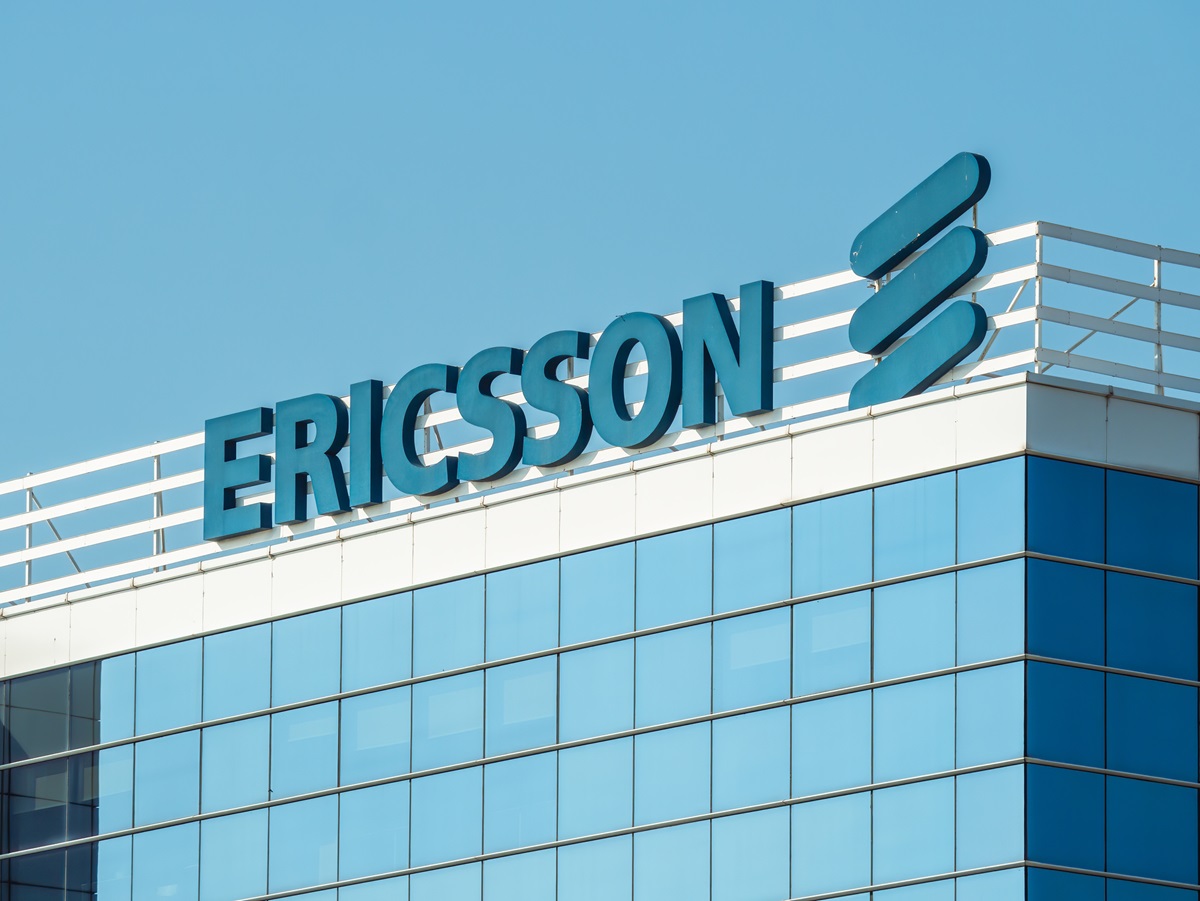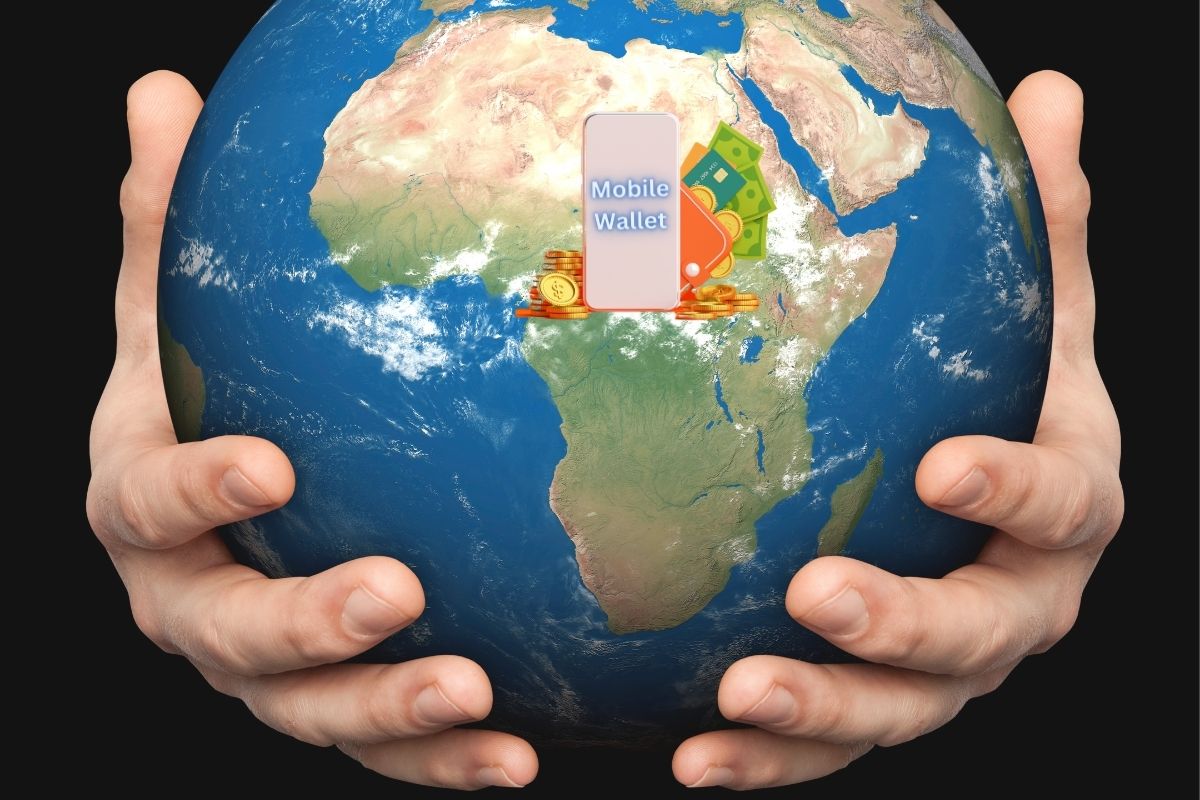The company from Sweden considers the continent to be a massively important market moving forward.
Ericsson’s mobile wallet software already powers over 400 accounts worldwide, and the head of the company’s mobile financial services unit, Michael Wallis-Brown, is now pointing to Africa as a vital market in broadening its reach.
The company currently estimates that it has a hold of about 10 percent of the African market.
“We’re touching 10% of the market in Africa today, and we can get to 50%,” said Wallis-Brown in a media interview. “That’s enormous growth for us.”

The company already has an “aggressive expansion plan” for its mobile wallet business and is seeking to broaden its reach into entirely new markets, such as the United States and Europe, explained Wallis-Brown.
According to a recent Bloomberg report, Ericsson’s platform makes it possible for users – including the unbanked – to gain access to basic financial services in addition to more advanced options such as eCommerce and merchant payments, insurance, and micro-lending.
These comments arrived on the heels of Ericsson’s signing of an extension of its 10-year partnership with MTN Group Ltd., the largest mobile operator in Africa. As the shift is being made to public cloud deployments, it means that “they are now able to literally scale exponentially,” said Wallis-Brown.
Mobile wallets have been getting notably more popular worldwide throughout the last year.
Consumers are increasingly turning to their smartphone and smartwatches to complete purchases both online and in-store because of their ability to store sensitive personal information and manage their finances all in one place.
In fact, mobile wallets are currently the preferred bill payment method, according to a recent PYMTS/AXC Worldwide survey. This placed the payment method ahead of QR codes and NFC tap payment methods. Millennials are especially taken with this trend, as a substantial 68 percent of that generation said that they had used mobile wallets for paying their bills within the last year.
“On average, consumers have utilized their mobile wallets to pay at least three to four bills in the past year,” said PYMNTS in a report about its survey results. “The most frequently paid bills via mobile wallets include mobile phone bills, credit card bills, home internet bills and utility bills.”


